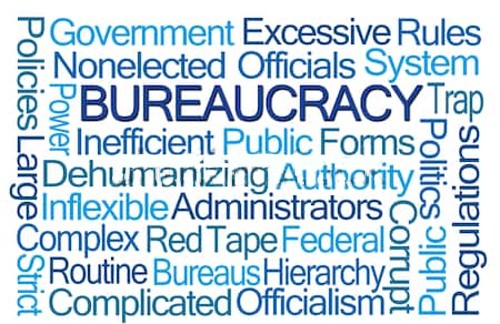For the last two weeks I’ve been spending a lot of my free time trying to navigate the requirements of obtaining a $20,000 grant for new playground equipment. Equipment that would be installed at Gerald W. Gross Park for the 2-5 year-olds.
The equipment, of course, has to be approved for use by the public and costs far more than residential equipment you purchase privately. Admittedly, this equipment is far more sturdy and can survive the abuse it takes in a public location.
The grant would be from Pennsylvania’s Department of Conservation and Natural Resources (DCNR). The application has to be submitted by April 10th.
West Easton, being a community of less than 5000 residents is eligible to receive this amount with no matching amount required.
On its face, it would appear to be a fairly simple request. “This is the equipment we want and why we need it. This is the park location where we would install it. This is the cost of materials and labor.”
It isn’t that simple when it comes to dealing with the DCNR.
I first had to make a phone call to a “Regional Advisor” to “discuss” the project. This occurred two days after my first calls went to voicemail and had to be followed up with emails to finally arrange a time and day he was available to talk.
He was far too busy with his other bureaucratic duties to talk with me, from little Podunk Borough.
I had a few questions about the application requirements. Specifically, about the maps that were required. It’s part of the required Site Development Drawing (SDD) that has to be included with the application. The SDD is only one of the many requirements needed to submit the application.
If you want to see what the SDD entails, CLICK HERE.
To avoid paying an engineer upfront, before we knew if we got grant money to pay the engineer to draw up maps, I asked the “advisor” if I could use a map from another park project that showed everything needed (topography, roads, electric, access, drainage, buildings, vegetation, etc., etc.).
“The instructions are available on the DCNR website,” was his helpful response to just about every question I had. That, and being reminded how competitive the grant was and how other communities with larger projects, “have everything done already.” A licensed professional would have to submit drawings with their “seal” on it.
The cost of that, as quoted by an engineer, could be $3000 – $7500, depending upon what the DCNR would accept and how much work they had to put into it.
The “Advisor” was as helpful as somebody shoveling sand with a pitchfork. I got the distinct impression that he felt I was wasting his time. At least I got the requirement of contacting him out of the way.
Then I ran into the need to obtain a “receipt” from the Pennsylvania Heritage Conservation Department. They had to declare the project wouldn’t disturb native species of animals and birds, or interfere with wetland habitat. If anyone finds a Desert Tortoise on the playground, please keep it to yourself.
Then there is something as simple as mulch under and around the equipment. It can’t be just any mulch. It has to be “certified.” Seemingly traceable back to the trees used to create it and approved for playgrounds. That’s another $3500.
It’s a frigging Jungle Gym for kids. You’d think we were building the next Dorney Park!
After estimating costs of labor to assemble and install, along with other materials (like a ground liner and cement for the equipment posts), we’ll be lucky to have enough money left to purchase a cardboard box for the toddlers.
I’m still going to apply for the $20,000. Maybe costs can be cut by using an outside “Landscape Engineer” who I’ve contacted, rather than our own engineering firm. A landscape engineer can provide a map with a licensed “seal.” Perhaps a local company will donate their time to excavate the the area required for the mulch. Maybe volunteers will assemble the playground equipment and mix cement.
There is something to be said for “the good old days.”
The days when a community got a small basketball court put in because somebody knew a guy with extra asphalt from a road job and wanted to get rid of it. The court was put down the next day and a couple of posts with backboards followed soon after.
Now, you need Council Resolutions, advertised bids, solicitors, contracts, maps, impact statements, impervious surface studies, licensed engineer supervision, and earthworm experts to get approval.
UPDATE 4/11/19 Regrettably, this particular grant was not applied for. As I discovered upon further inquiry, the changes needed to be made on existing maps, to add the location of the playground equipment, would have had to been done by an engineer.
Disclaimer: On January 4, 2016, the owner of WestEastonPA.com began serving on the West Easton Council following an election. Postings and all content found on this website are the opinions of Matthew A. Dees and may not necessarily represent the opinion of the governing body for The Borough of West Easton.







